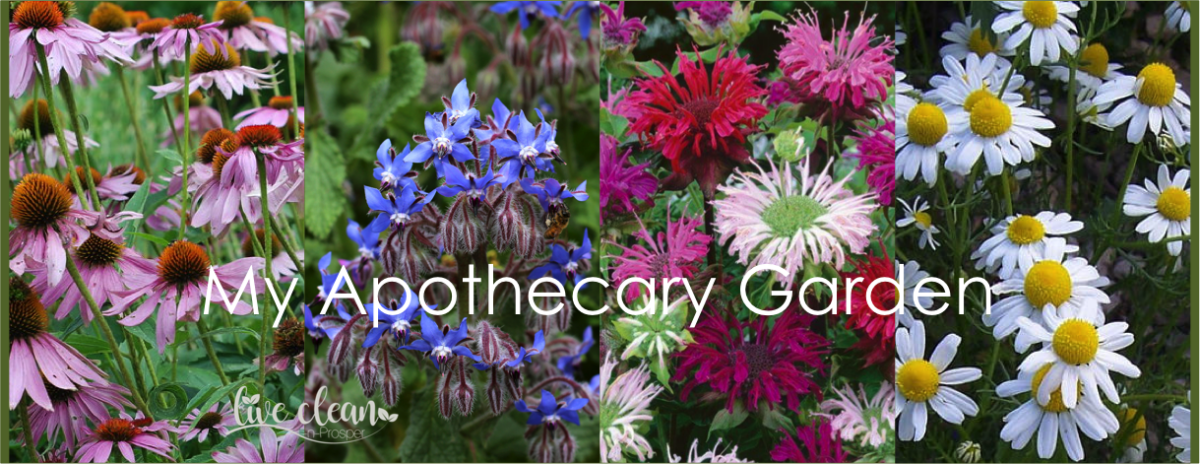Today I’m writing about my apothecary garden, as I’ve just decided to call it.
Recently I appropriated the last section of our vegetable garden. I wanted to grow plants that had nice flowers, as well as being attractive to the bees and butterflies.
The plants being useful herbs, or harvestable in some way, was also a factor.
The term ‘apothecary’ is derived from the Ancient Greek word (apothḗkē), which means “a repository or storehouse”. The term also refers to a medical person who dispenses herbs and medicine. Hence my idea for the term ‘apothecary garden’.
These are the herbs or flowers that I have planted.
Echinacea or Purple Coneflower
These plants have beautiful big purple pink, daisy like, flowers that look great in a vase. Apart from looking nice, these flowers attract bees and butterflies to the garden. The flowers and leaves of the plant can be used to make tea and the petals are edible.
Research has yet to determine what exact compounds in purple coneflower give it its medicinal properties. Animal and test tube studies have shown that the extracts do fight certain viruses and appear to stimulate the immune system to ward off bacterial infection. Laboratory findings have shown that it is also effective in healing superficial wounds. Generally, echinacea is widely used for boosting the immune system.
Borage or Star flower
Borage is actually considered a herb and has clusters of blue star shaped flowers. Again, this plant is a favorite of bees and is also known as a Bee Bush. Both the flowers and the leaves of the plant are edible.
Borage leaves have been used in European herbal medicine since the Middle Ages.
Traditionally, the leaves have been used to treat rheumatism, colds, and bronchitis. Borage seed oil has also been used in combination with fish oil for the treatment of rheumatoid arthritis and skin disorders.
Bergamot or Beebalm
Bergamot is an ancient herb that belongs to the mint family. Its name was acquired due to the similarity in fragrance to the unrelated Bergamot Orange. Because of it’s flowers, it’s commonly grown as an ornamental plant to attract bees and butterflies to the garden. There are different varieties of this plant and the flowers range from deep red to pink and white.
This is another plant where both the flowers and leaves are edible. Using the leaves and flowers to create a tea similar in taste to Earl Grey.
North American tribes in the eastern United States used the herb to ease the pain of mild abrasions and bee stings by crushing the leaves of the plant and rubbing them on the skin. This is where the common name of ‘Beebalm” originated.
Chamomile or German chamomile
German chamomile is one of several different species in the daisy family that have the common name chamomile. Looking similar to daisies, the flowers have an apple-like fragrance and are attractive to bees and butterflies.
Chamomile is one of the more familiar medicinal herbs, with a high profile in literature and a long history of use. It is commonly used for making the herbal infusion called chamomile tea. As the infusion is purported to have anti-anxiety properties, is widely regarded as a sleep-inducer and has been used medicinally for many ailments. Chamomile is also one of the top ingredients used in hair care products for lightening and brightening blond hair.
As I actually planted seeds for my garden, I now have to water and wait. Hopefully in a couple of months I will have flowers like the ones in the title picture and will be able to share some of our uses for these plants.
Till the next post,
Live clean n Prosper
(Sources –traditionalrootsinstitute, sustainablegardeningonline, herbcottage, wikipedia)


